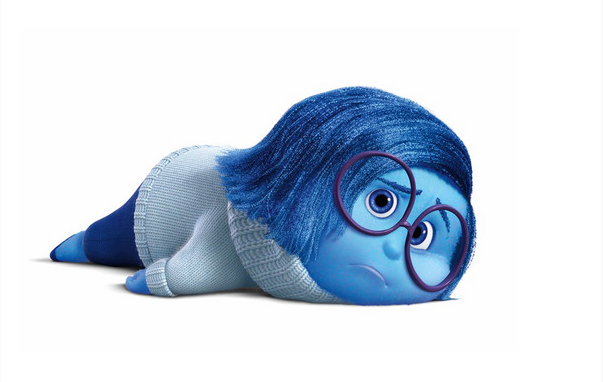PARTNERS WORKING TOGETHER
SADness in winter: What is Seasonal Affective Disorder and How It’s Treated
By: Stephanie Szylar RN MSN APN-C

Autumn and winter in the northern hemisphere mean shorter days, colder temperatures, quiet, snowy nights, and holidays. But for some, this season ushers in sadness, decreased energy, over-sleeping, overeating, and loss of interest in social gatherings. Seasonal affective disorder (SAD) or winter depression is a form of recurrent depression associated with changes in the seasonal pattern, causing changes in the chemicals in the brain. SAD is triggered by less sunlight, which causes a shift in circadian rhythms. [5] For some, these symptoms are mild and do not cause impairment of daily functioning. [3] Others can experience debilitating symptoms. [1]
A practical and first-line treatment for SAD is using light therapy. Light therapy involves using a light therapy box that emanates bright light to imitate natural light. Many can see an improvement in symptoms within a week. It is used for about 20-30 minutes daily, usually in the morning, and continues consistently during winter. In addition to artificial light, going outside daily or sitting by a window increases natural light exposure and helps with symptoms. If possible, rearrange a room you frequently use to optimize the natural light. [1] Let’s not forget that regular exercise, sleep hygiene, and staying involved in social meetings (family, friends, volunteering) are also helpful to help combat SAD. [3]
In addition to light therapy, other clinical treatments include cognitive behavioral therapy (CBT) or the use of antidepressants. A psychologist uses cognitive behavioral therapy to help patients learn their unhealthy thinking and reexamine those thoughts from a different perspective. It assists with problem-solving and coping skills and develops confidence in oneself. It also helps calm a person’s mind and body. [2] Both CBT and antidepressant use need a trained medical provider involved to review medical history and current medication and to confirm another medical reason is not causing the symptoms. [1]
References
[1] American Psychiatric Association (2024). Seasonal Affective Disorder (SAD). Retrieved from https://www.psychiatry.org/patients-families/seasonal-affective-disorder
[2] American Psychological Association (2017). What is cognitive behavioral therapy? Retrieved from https://www.apa.org/ptsd-guideline/patients-and-families/cognitive-behavioral
[3] Avery, D. (2024). Seasonal affective disorder: Treatment. Retrieved from https://www.uptodate.com/contents/seasonal-affective-disorder-treatment
[4] Jupe, T., Giannopoulos, I., Zenelai, B., Myslimi, E. (2023). Treatment of Seasonal Affective Disorder. The efficacy of Light therapy. European Psychiatry 66(S1) S604-S605. Retrieved from https://doi.org/10.1192/j.eurpsy.2023.1262
[5] NIH National Institute of Mental Health (2023). Seasonal Affective Disorder. Retrieved from https://www.nimh.nih.gov/health/publications/seasonal-affective-disorder




